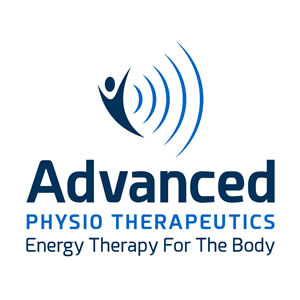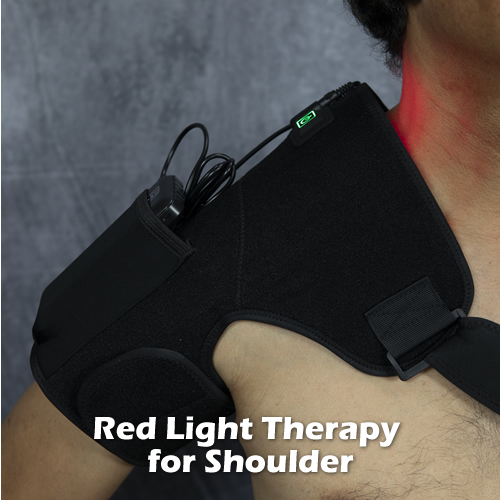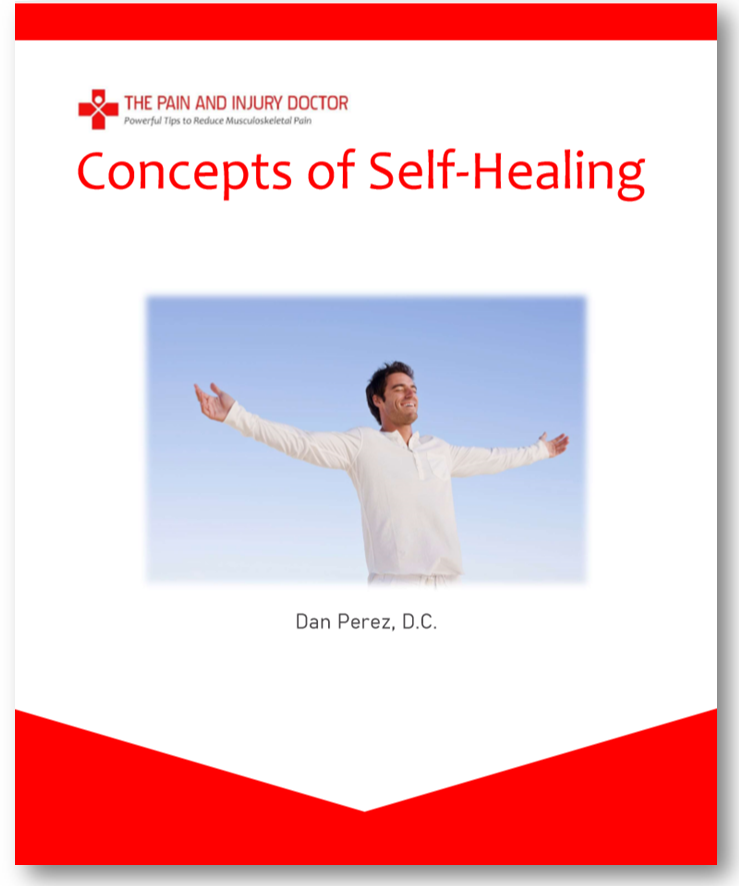Cartilage, specifically, hyaline cartilage is the tissue that lines the articular (contacting) surfaces of bones. If the cartilage deteriorates it can lead to pain and inflammation in the weight bearing joints, mostly the knees and hips, as nerve endings in the joint get exposed to abrasive action. This can force the sufferer to elect for knee or hip replacement surgery, as well as artificial disc surgery. Smaller joints such as in the fingers can be affected as well.
Cartilage is made by special cells called chondroblasts. These cells make the extracellular matrix of cartilage, comprised of Type II collagen and ground substance, which is comprised of proteoglycans and elastin. Another important constituent is hyaluronic acid, which improves the resiliency and hydration of cartilage. Without going into too much detail, a proteoglycan is a protein molecule with a chain of sugar molecules attached called glycosaminoglycans, or GAGs. The two GAGs that are best known to the public are glucosamine sulfate and chondroitin sulfate, the key ingredients in most cartilage and bone supplements. Glucosamine sulfate is the one found in the exoskeletons of shellfish, as well as some fungi.
Persons suffering from the various forms of arthritis such as osteoarthritis and rheumatoid arthritis have cartilage tissue that is undergoing inflammation and degradation, either mechanical in nature or auto-immune.
Collagen is a group of naturally occurring proteins found mostly in animal connective tissues– tendons, ligaments, and skin. What makes collagen useful in cartilage is its ability to withstand pressure and return to its original shape (deform and rebound). This is what is necessary in joints of the human body, which are subjected to forces multiple times throughout the day. The simple act of sitting or standing places enormous pressure on the joint surfaces of the feet, knee, hip and lower back. Using one’s hands to type or grip things places pressure on the smaller joints of the fingers and wrists.
So, if your have thinning cartilage in your knees, can you grow it back simply by taking glucosamine sulfate and chondroitin supplements? Unfortunately, the latest research on their ability to reduce joint pain show minimal improvement. Why is this?
It’s because that, just because you give the body supplements through your diet, it doesn’t guarantee that your body will do things you want it to do with these nutrients. They could be going somewhere else besides you joint, which is more likely the case.
The harsh reality regarding all muscle and connective tissue building dietary supplements such as collagen, bone broth, protein powder, etc. is that they get broken down in your GI tract into their amino acid constituents, and need to be reassembled. But as mentioned, your body will not reassemble them into the desired tissue 100%. These proteins may go to your skin, hair, nails, or may be made into an enzyme or cell receptor. In other words, the amino acids in those glucosamine sulfates pills may wind up forming new hair, not cartilage.
That being said, if you hope to build cartilage through your diet, it may be more effective to eat the actual cartilage. At least it consists of the actual amino acid sequences in the proper percentage the body uses to build cartilage..
Consider consuming bone broth soup regularly if you are suffering from achey joints; or do so as a preventative measure. Most butcher shops in the grocery store will have large joints of beef or pork, usually the hips, knees and spine. And they are cheap, usually less than $2.00 a pound. They will saw them in small pieces for you if you request. What’s great about them is that they still have tendons and cartilage pieces attached. Get a large pot, add a gallon of water and bring to boil; lower temperature and boil for two hours. The broth will be rich in nutrients that your body can use to help regenerate damaged cartilage.
For preventive measures to protect the health of your joint cartilage, remember to:
- do functional exercises regularly to improve whole-body muscle & joint responsiveness
- avoid sitting for too long at your work
- avoid activities that require repetitive trauma to the joints such as long distance running
- avoid ingesting toxins like cigarette smoke, alcohol, and highly processed food
- get enough daily rest to allow your body to regenerate
- drink filtered water (not distilled)
- get enough sun exposure for Vitamin D synthesis











